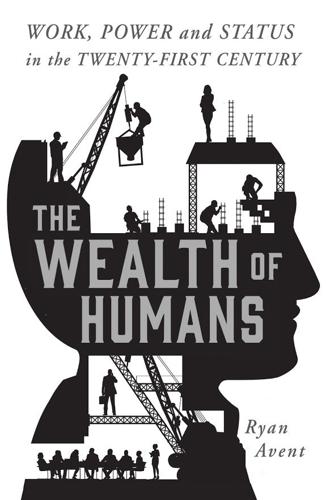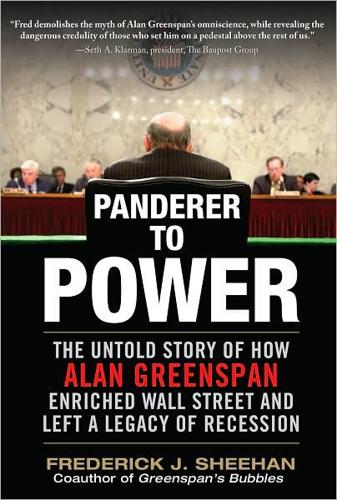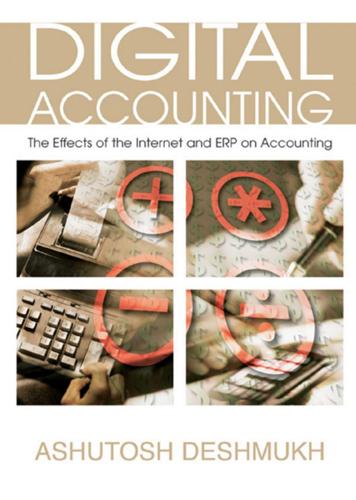
The Cultural Logic of Computation
by
David Golumbia
Published 31 Mar 2009
Surprisingly, though, despite the ways in which Friedman’s first three benefits replicate colonial logic and largely benefit large corporations, the rest of his ten “forces” are even more explicitly focused on corporations. In fact, they are largely devoted to exactly the kinds of business-process tools discussed in Chapter 7: ERP, CRM, and other supply-chain management software. Friedman champions open source software, especially Linux, but primarily because IBM realized that it could profit from the distributed community that had created it (which is itself largely made up of corporate employees working without compensation in their free time); arguably, we still talk about Linux precisely because of its utility to profitmaking corporations.
…
One of Wal-Mart’s most famous innovations was the development of a centralized satellite surveillance system for its delivery systems, so that, for example, it could pinpoint the geographic location of any truck on its way to or from a Wal-Mart distribution center as well as to a limited extent the product being delivered. In recent years Wal-Mart has been at the forefront not just of ERP and supply-chain management software, but of a relatively new technology, Radio Frequency Identification Device (RFID) and the associated Electronic Product Code (EPC) system. Like the intensively computational bar codes before it, RFID identifies products via alphanumeric tagging. Where bar codes identify items by the class to which they belong (or what philosophers would call type identification)—every box of shredded wheat, for example, has the same bar code printed on it, allowing cashiers to retrieve the price for the item from a central computer—RFID specifies tokens of items.

How We Got Here: A Slightly Irreverent History of Technology and Markets
by
Andy Kessler
Published 13 Jun 2005
These new fund managers take risks, with assurance that the companies they invest in provide accurate information, have liquid shares, trade cheaply and quickly and exist free of stock manipulation. These funds rarely own Russian gas refiners, as they fail all of the above assurances. But funds do own weird companies that make components for optical wave division multiplexing or some new biopharma company or the latest in supply chain management software, but they require automated trading systems to stay quick of foot. The New York Stock Exchange is still a people intensive exchange. Its specialist system was created in 1871. And we are still stuck with the NYSE monopoly on listed shares. Lots of reasons are offered, such as centralized pools of liquidity or orderly markets, etc.

The Wealth of Humans: Work, Power, and Status in the Twenty-First Century
by
Ryan Avent
Published 20 Sep 2016
Firms can invest in intangible capital; indeed, when technology is changing rapidly they must: new technologies create the possibility of doing things far more effectively, but to take advantage of that possibility the firm must learn new ways of doing things. The time required to build that intangible capital accounts for part of the delay we observe between the arrival of a powerful new technology – such as supply-chain management software – and the productivity dividend that technology eventually generates. To use the software well firms needed to hire new workers with complementary skills. They needed to invest in equipment, including computers and scanners, to track inventory. They needed to bring suppliers into the system and train all the workers involved on how to use the new software.

The Industries of the Future
by
Alec Ross
Published 2 Feb 2016
Apps4Africa matches innovative African tech start-ups with the cash to get their businesses going and takes advantage of what is now more than 650 million mobile phone subscriptions on the African continent, more than in Europe or America. In addition to having the technology expertise, Grainy Bunch and iCow both reinforce the theory that wherever there is domain expertise and a willingness to apply big data technologies, there is an opportunity to create the businesses of the future. There are huge supply-chain management software companies in California and Germany, but Grainy Bunch was developed in a place with deep understanding about the supply chain for grain and grain markets. iCow was developed specifically for low-literacy dairy farmers who own just a few cows, the complete opposite of New Zealand, where Pasture Meter was developed and dairy herds frequently number in the thousands.

Panderer to Power
by
Frederick Sheehan
Published 21 Oct 2009
To eliminate this overcapacity, demand had to rise or investment had to fall until “the two levels cross, or the investments of the past several years have been obsoleted [sic]” by new technology. “Both of these require some time.” Grove went on to discuss the specific problem that caused such mayhem: “The viciousness of the down cycle was made more so by all the [supply-chain management software]. It blew through the supply-chain in a much faster ripple than previous cycles. Nothing in supply-chain management can read minds. End demand is what end demand is.”21 Greenspan’s productivity gains, if they existed at all, including the “Internet and electronic interface systems” that had prompted the “viciousness of the down cycle,” since they are machines programmed by people, and the machines cannot read minds. 17 Ibid., p. 123. 18 Senate Committee on Banking, Housing, and Urban Affairs, “Federal Reserve Board’s Semiannual Monetary Policy Report to the Congress,” February 13, 2001. 19 Gerard Baker, “Greenspan Sees a Quick Rebound,” Financial Times, February, 14, 2001. 20“Intel CoFounder Sees No Quick Turnaround,” “Technology Briefing: Hardware,” New York Times, March 7, 2001. 21 William A.

Digital Accounting: The Effects of the Internet and Erp on Accounting
by
Ashutosh Deshmukh
Published 13 Dec 2005
The focus in this chapter is not on production activities but on supply chain management. The production function is now part of an extended collaborative enterprise in many organizations. Cost accounting is not merely assessing product costs but also striving to identify and optimize costs across the supply chain. Basic principles of supply chain management, software tools for supply chain management, and changes in cost accounting are covered here. Finally, Chapter VIII considers the general ledger cycle. This chapter discusses the evolution of the general ledger and financial reporting. First, managerial and information technology tools for Web-enabled virtual close of the books are discussed.

The Transhumanist Reader
by
Max More
and
Natasha Vita-More
Published 4 Mar 2013
Even a greatly advanced SI won’t make a dramatic difference in the world when compared with billions of augmented humans increasingly integrated with technology and with corporations harnessing human minds linked together internally by future versions of today’s enterprise resource planning and supply chain management software, and linked externally by extranets, smart interfaces to the Net, and intelligent agents. How fast things change with the advent of greater than human intelligence depends strongly on two things: the number of superintelligences at work, and the extent of their outperformance. A lone superintelligence, or even a few, would not accelerate overall economic and technological development all that much.

The Smartest Guys in the Room
by
Bethany McLean
Published 25 Nov 2013
He also made a series of high-risk illiquid investments. (At the same time, Kopper and Fastow were putting their ill-gotten gains into municipal bonds.) With his son, Mark, Lay invested in privately held technology companies, including one called EterniTV, a start-up that planned to deliver video services over the Web, and EC Outlook, a supply-chain-management software company. (EterniTV was supposed to deliver its services by Enron Broadband.) He invested nearly $20 million in Questia, a Houston company that sold access to online books. He was so excited about Questia that he joined the board and pushed Skilling to invest, too. (Skilling declined.)

The Stack: On Software and Sovereignty
by
Benjamin H. Bratton
Published 19 Feb 2016
Such flexibility might allow us to differentiate, for example, when the discursive structure of the relational database drives not only the information access policies of a company or state, but also in turn the form of its organizational hierarchies, and when the inverse is predominantly true, such as when the laws and logistics of trade channels structure the form and content of interoperable supply chain management software and the database designs on which it depends. In locating The Stack within the intercourses of economics, culture, and technology, both Conway's law (that organizations design systems in their image) and our inverse Conway's law (that systems and their interfaces produce organizations in their image) are interpretive tools that are useful to keep at hand.